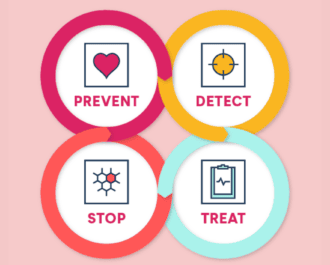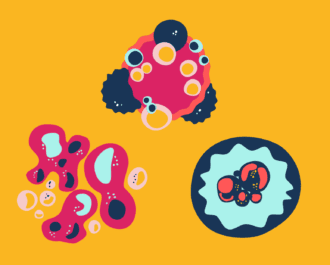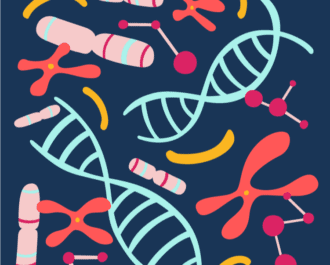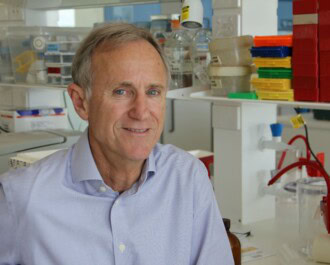
 Four NBCF-funded researchers are part of an international consortium that has recently completed a major study into risk predictions for breast cancer. Professor Melissa Southey, Professor Kelly-Anne Phillips, Professor John Hopper and Associate Professor Robert MacInnis were key contributors to the study, published this month in the journal Lancet Oncology.
Four NBCF-funded researchers are part of an international consortium that has recently completed a major study into risk predictions for breast cancer. Professor Melissa Southey, Professor Kelly-Anne Phillips, Professor John Hopper and Associate Professor Robert MacInnis were key contributors to the study, published this month in the journal Lancet Oncology.
The study used data from 15,732 women studied in the Breast Cancer Prospective Family Study Cohort. The women were recruited between 1992 and 2011 in Australia, Canada and the USA. None of the women had breast cancer when they entered the study, but 619 (four per cent) were later diagnosed with breast cancer within 10 years. Using this detailed dataset, the researchers determined which risk models were best at predicting the four per cent who developed breast cancer.
Breast cancer risk models are used to help inform decisions about primary prevention and frequency of screening tests, such as mammograms. Risk models differ in a number of ways, but one of the most important differences is whether they include information on multi-generational family history. The researchers found that two models which included detailed family history were the most effective at determining a person’s 10-year risk of developing cancer. In other words, whether a woman’s mother, sisters, aunts, or grandmothers had breast cancer is critical information for determining risk.
The study identified other attributes of the risk models which have significant value, including genetic information, breast density, and lifestyle factors. The research team concluded that future risk models should incorporate a combination of these factors, but certainly include detailed family histories.
The senior author of the paper, Associate Professor Robert MacInnis from Cancer Council Victoria and the University of Melbourne, explained further. “Mathematical models can help estimate a woman’s future risk of breast cancer. There are several available, but it is uncertain which models are the most appropriate ones to use. These findings might help provide better guidance to women with their decision-making on breast cancer screening strategies.”
The study is important as it is the largest independent analysis to validate four widely-used models of breast cancer risk. In addition, it provides the longest prospective follow-up data available to date, helping researchers and clinicians understand more about longer term risk profiles.
Professor Hopper said that the team was proud to be able to share these new findings with the supporters of the National Breast Cancer Foundation. “NBCF funding has been pivotal across all of our genetic, epigenetic and epidemiological breast cancer research and the novel findings we all have made,” he said. “We are grateful for the support from this extraordinary organisation and their donors.”
More News Articles
View all News


